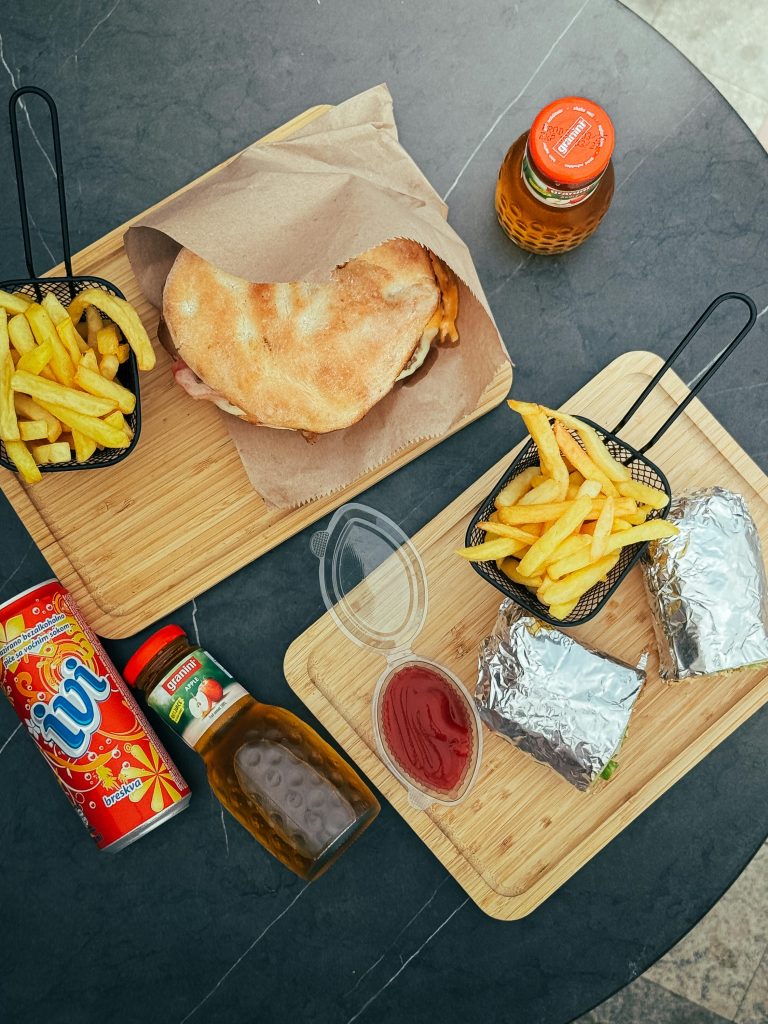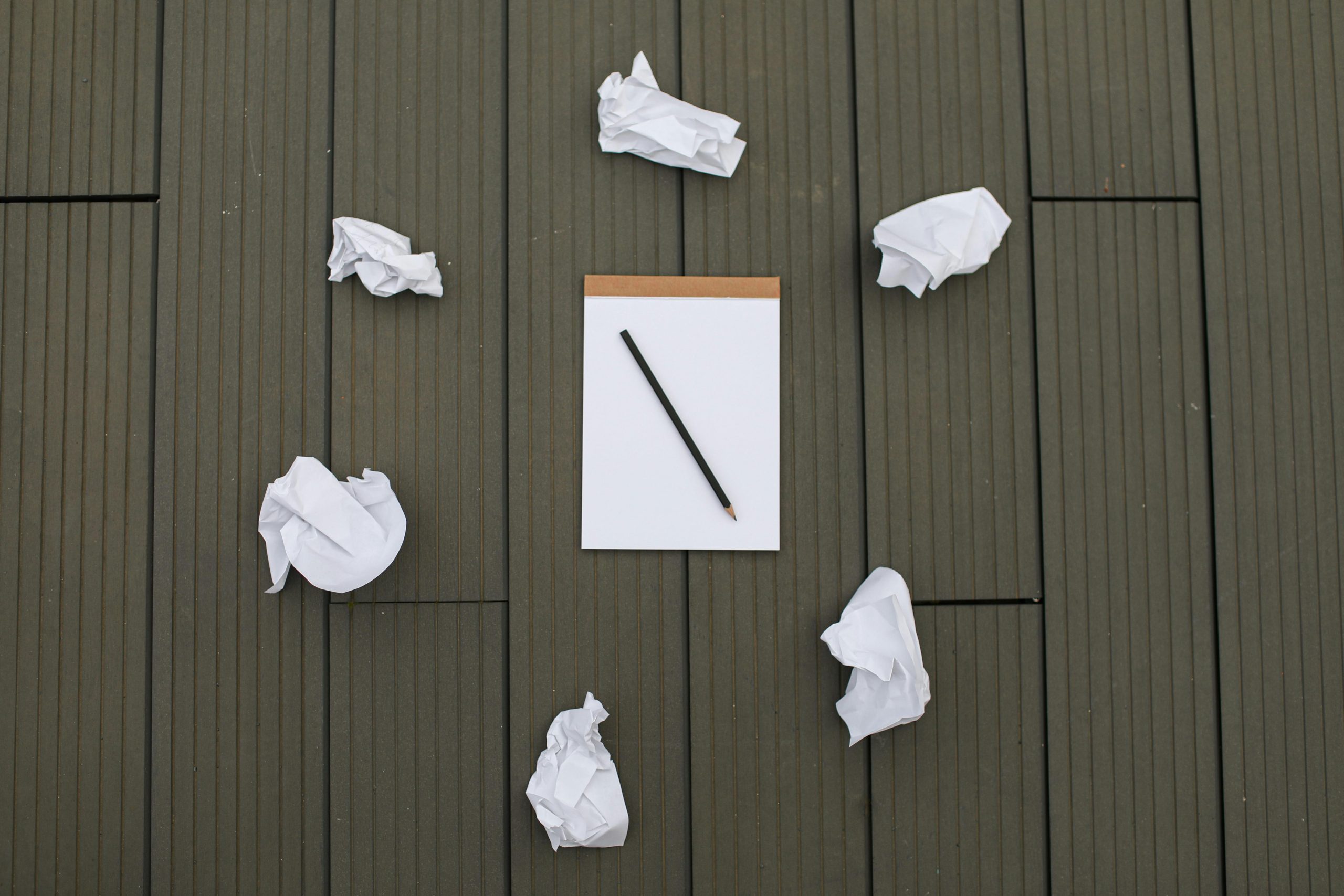You know the feeling.
It’s that 3 PM slump. You said you were going to eat a healthy lunch, but there’s the vending machine, and that granola bar is just… easier. You promised yourself you’d go for a run after work, but your couch looks so comfortable, and your phone is right there. You bought the journal, the fancy pen, but it’s been weeks, and the first page is still blank.
You end the day feeling a familiar pang of guilt. “Tomorrow,” you tell yourself. “Tomorrow, I’ll have more willpower. Tomorrow, I’ll be better.”
But tomorrow feels a lot like today.
We’ve all been sold a lie about change. We think it requires monumental willpower, a complete personality overhaul, or a rock-bottom moment that shocks us into action. We set huge, impressive goals: “I’m going to lose 30 pounds!” “I’m going to write a novel!” “I’m going to learn a new language in three months!”
And for a few days, maybe even a week, we charge ahead. We’re fueled by excitement. But then, life happens. A bad day at work. A stressful family obligation. A simple lack of energy. We miss one day. Then another. And soon, the goal feels like a monument in the distance, and we’re right back where we started, feeling like we just don’t have what it takes.
Here’s the truth you need to hear: It’s not you. It’s your strategy.
The problem isn’t a lack of ambition or a weak character. The problem is that you’re trying to leap a giant canyon in a single bound, when what you really need is a bridge made of tiny, unsexy, almost laughably small steps.
This is the journey from chaos to clarity. It’s not about a dramatic, overnight transformation. It’s about building a ladder, one simple rung at a time, to get you out of the hole of your daily chaos and onto the solid ground of a life you control.
Part 1: The Great Wall of Willpower (And Why It Always Crumbles)

We’ve been taught that success is a product of willpower. That successful people are just… gritter. They have more self-control. This is perhaps the most damaging myth in self-improvement.
Think of your willpower not as a personality trait, but as a battery. It’s a finite resource. You wake up with a full charge. Every single decision you make throughout the day—what to wear, what to eat for breakfast, how to respond to a frustrating email, resisting the urge to check social media—uses up a little bit of that charge.
By the time you get to the decision about whether to go to the gym or meditate, your battery is in the red. You’re running on fumes. Your brain, designed to conserve energy, will always seek the path of least resistance. It will choose the couch over the run, the junk food over the meal prep, because that’s what’s easy right now.
Relying on willpower is like trying to build a house on sand. The foundation is unstable. The chaos of daily life will always wash it away.
So, if brute force doesn’t work, what does?
The answer lies in a concept so simple, we often overlook it: habits.
A habit is a behavior that has been repeated enough times to become automatic. It’s a mental shortcut your brain creates to save effort. When a behavior is automatic, it requires ZERO willpower. You don’t waste mental energy debating whether to brush your teeth—you just do it. It’s on autopilot.
The goal, then, is not to fight your brain, but to work with it. To make the things you want to do as automatic as brushing your teeth. To move them from the exhausting realm of conscious decision-making into the effortless realm of autopilot.
This is how you go from chaos to clarity. You stop trying to steer the boat with sheer force during a storm, and you instead install a reliable autopilot system that keeps you on course, even when you’re tired and distracted.
Part 2: The Anatomy of a Habit – Your Brain’s Secret Autopilot

To build good habits, it helps to understand how they work. Every habit, good or bad, runs on a neurological loop that consists of three parts. This is known as the Habit Loop, and understanding it is like getting the master key to your own behavior.
- The Cue: This is the trigger that tells your brain to go into automatic mode. It’s the starting gun for the habit. A cue can be anything: a time of day (3 PM slump), a location (walking into your kitchen), an emotional state (feeling bored or stressed), the presence of certain people, or an immediately preceding action (finishing a meal).
- Example: Your phone buzzing with a notification (Cue).
- The Routine: This is the behavior itself—the actual habit you perform. It can be physical (eating a cookie), mental (worrying), or emotional (feeling a wave of anxiety).
- Example: Picking up your phone and scrolling through social media (Routine).
- The Reward: This is the positive feeling your brain gets from the behavior. It’s the reason your brain remembers this loop for the future. The reward teaches your brain, “This is worth remembering and doing again.” Rewards can be obvious (the sweet taste of a cookie) or subtle (a temporary distraction from boredom).
- Example: The feeling of distraction, connection, or novelty from seeing new content (Reward).
Your brain loves this loop because it’s efficient. Once a habit is formed, the cue automatically leads to the craving for the reward, which powers the routine. You don’t have to think.
The problem is, this system doesn’t care if the habit is good for you or not. It just cares about efficiency. Your brain is just as happy to automate the habit of biting your nails as it is the habit of flossing.
The secret to change is not to fight this loop, but to hack it.
Part 3: The Bridge of Small Wins – Your Blueprint for Change

Okay, theory time is over. Let’s get practical. How do you actually use this knowledge to build a life-changing habit? You throw out the idea of massive action and embrace the power of the small.
The Two-Minute Rule: The King of All Habit Laws
Coined by James Clear in his book Atomic Habits, the Two-Minute Rule states: “When you start a new habit, it should take less than two minutes to do.”
The goal is not to do the habit, but to master the art of showing up. You are building a new identity, and that starts with a tiny, undeniable victory.
Your ambitious goal is the destination. Your two-minute habit is the ignition key.
- Goal: “Get fit and run a marathon.”
- 2-Minute Habit: “Put on my running shoes and step outside.”
- Goal: “Become a writer.”
- 2-Minute Habit: “Write one sentence.”
- Goal: “Eat healthier.”
- 2-Minute Habit: “Wash one apple and place it on the counter.”
- Goal: “Keep a clean house.”
- 2-Minute Habit: “Wash one dish.”
This seems ridiculous, right? What good is writing one sentence? But you’ve now done something incredible: you’ve broken the inertia. You’ve taken the abstract, scary goal of “becoming a writer” and turned it into the concrete, easy action of “writing a sentence.” Most days, after you write that one sentence, you’ll think, “Well, I’m here now, I might as well write a few more.” But on the days you’re exhausted and overwhelmed, your only job is to write that one sentence. And you can always, always do that. You never fail.
This is how you build consistency. Consistency is the soil in which powerful habits grow.
Stack Your Habits: Don’t Find Time, Attach Time
One of the biggest challenges is “finding the time” for a new habit. The solution is to not find time, but to attach your new habit to an existing one. This is called Habit Stacking.
The formula is simple: “After [CURRENT HABIT], I will [NEW HABIT].”
You are using the existing, robust habit loop in your brain as a foundation to build a new one.
- After I pour my morning coffee, I will write one sentence in my journal.
- After I sit down to eat lunch, I will take one deep breath.
- After I go to the bathroom before bed, I will floss one tooth.
- After I get into my car, I will say one thing I’m grateful for.
By anchoring your new, tiny habit to a behavior that is already automatic, you don’t need to remember it or find willpower for it. It just becomes part of the sequence.
Engineer Your Environment: Make the Right Thing Easy
Remember, your brain takes the path of least resistance. If you want to build better habits, you must make those good behaviors easy and the bad behaviors hard.
This is about being a designer of your own life, not a disciplined prisoner within it.
- Want to read more? Place a book on your pillow in the morning. When you go to bed, you have to move it. It’s right there, cueing you to read just one page.
- Want to eat healthier? On your next grocery trip, buy pre-cut fruits and vegetables. Wash them and put them at the front of the fridge. Hide the junk food in a hard-to-reach cupboard, or better yet, don’t buy it.
- Want to waste less time on your phone? Charge it in another room at night. Delete the most addictive social media apps from your phone and only use them on your computer. This one simple change adds massive friction.
- Want to go to the gym in the morning? Sleep in your workout clothes. Or pack your gym bag and put it right in front of the door.
You are not a slave to your environment; you are its architect. A few small tweaks can make good habits inevitable and bad habits a pain to pursue.
Part 4: Navigating the Bumps – What to Do When You Slip Up

You will miss a day. It’s not a matter of if, but when. Life will inevitably get in the way. This is the moment where most people throw in the towel. They think, “Well, I’ve broken my streak. I’ve failed.”
This is the critical juncture. The difference between successful habit-builders and everyone else isn’t perfection; it’s how they respond to the inevitable slip.
Adopt the “Never Miss Twice” Rule.
So you missed your workout on Tuesday. Okay. Fine. Life happens.
The rule is simple: don’t miss the next one. One missed day is an accident. Two missed days is the start of a new, bad habit. Forgive yourself for the first miss, and make absolutely sure you get back on track immediately. Don’t let a single off-day become a spiral.
Track Your Progress, But Gently.
There’s power in seeing your progress visually. Get a calendar and put a big, satisfying “X” on every day you complete your tiny habit. This is called “don’t break the chain.” The visual chain of X’s becomes a motivator in itself. You won’t want to break the chain.
But the key is to be kind. If you miss a day, just get back to it the next day. The calendar is a tool for motivation, not for self-flagellation.
The Long Game: From a Single Step to a New Identity

This process is not glamorous. Showing up to put on your running shoes for two minutes doesn’t feel heroic. Writing one sentence doesn’t feel like you’re becoming a writer.
But something magical happens over time.
The first few weeks, you’re just building the ritual. You’re proving to yourself that you can be consistent. But as the weeks turn into months, a subtle shift occurs. You’re no longer just doing a habit; you’re becoming the type of person who does that thing.
- You don’t “have to” run; you’re a runner.
- You don’t “have to” write; you’re a writer.
- You don’t “have to” eat healthy; you’re a healthy person.
This is the ultimate clarity. Your identity is no longer a source of chaos and internal debate. It becomes a quiet, confident certainty. Your habits are the votes that elect the person you want to become.
The journey from chaos to clarity isn’t a single, dramatic leap. It’s a thousand tiny, almost invisible steps in the same direction. It’s about building a bridge so solid and so gradual that you barely feel the climb, until one day you look back and realize the chaotic landscape is far behind you, and you’re standing on solid ground, in a life you built, one tiny, intentional brick at a time.
Stop trying to leap the canyon. Start building your bridge. Lay the first, two-minute brick today.






